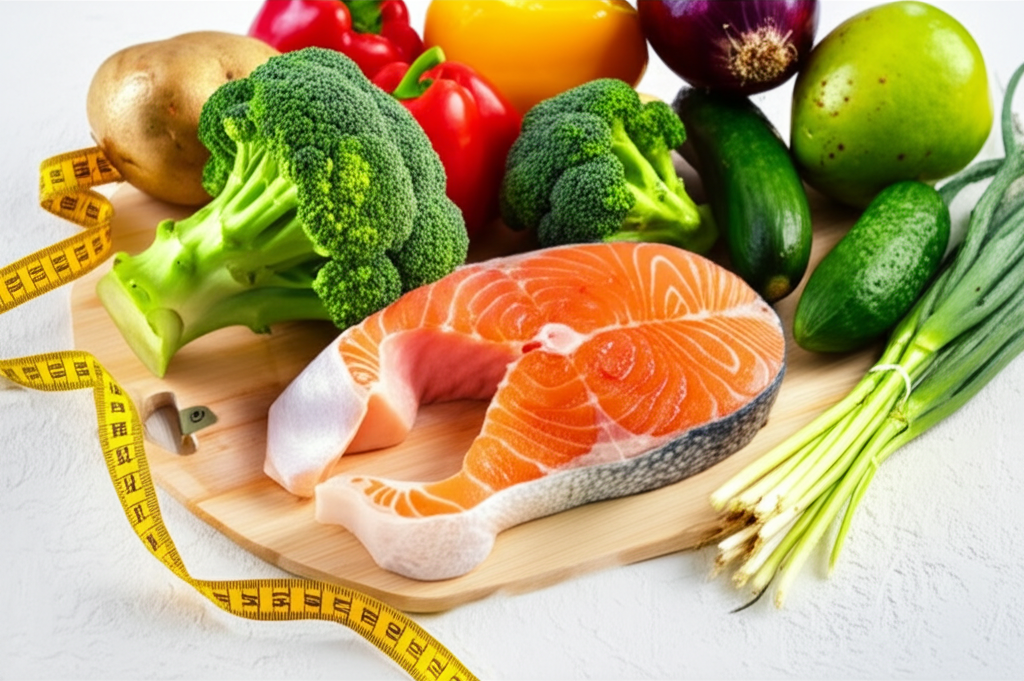
Many individuals embarking on a weight loss journey are concerned about the potential for sagging skin. Significant weight loss, while positive for overall health, can sometimes leave behind excess skin, particularly in areas like the stomach, arms, and thighs. However, there are proven strategies to minimize or prevent this unwanted side effect.
The key lies in understanding that skin elasticity and its ability to retract depend on several factors. When a person carries excess weight, the skin stretches to accommodate the increased volume. As weight is lost, the skin may not always bounce back, leading to sagging. Fortunately, by incorporating specific techniques, individuals can promote skin elasticity and achieve a more toned physique post-weight loss.
One crucial element is maintaining optimal hydration. Water plays a vital role in skin health, contributing to its elasticity and ability to contract. Dehydration can lead to decreased skin flexibility, making it more prone to sagging after weight loss. A general guideline is to calculate daily water intake based on body weight. Divide your weight in kilograms by 7 to determine the number of 250ml glasses of water needed daily. Alternatively, divide your weight in pounds by 16 to calculate the number of 8-ounce glasses required.

Another essential factor is avoiding starvation diets. Severely restricting calories can trigger a stress response in the body, leading to the release of cortisol. This stress hormone can break down muscle tissue, which is crucial for supporting and tightening the skin. When muscle mass is lost, the skin loses its underlying support, increasing the likelihood of sagging. A balanced approach to weight loss that focuses on nourishing the body with the right nutrients, rather than drastic calorie restriction, is essential for preserving muscle mass and maintaining skin elasticity.
Furthermore, tailoring your diet to your specific nervous system type can significantly impact your weight loss journey and skin health. People with an “excited” nervous system often experience higher stress levels, which can contribute to cortisol production and muscle breakdown. Choosing foods that are less stimulating and easier to digest, such as lean proteins, vegetables, and healthy fats, can help minimize stress and promote muscle preservation.
Finally, consider incorporating flaxseed oil into your daily routine. This oil, rich in omega-3 fatty acids, has been shown to improve skin elasticity and prevent stretch marks. Its ability to enhance skin suppleness can be particularly beneficial during weight loss, helping the skin adapt to the changing body shape and minimize sagging.
By following these strategies – maintaining optimal hydration, avoiding starvation diets, eating according to your nervous system type, and incorporating flaxseed oil – individuals can significantly reduce the risk of sagging skin and achieve a more toned and sculpted physique after weight loss.




